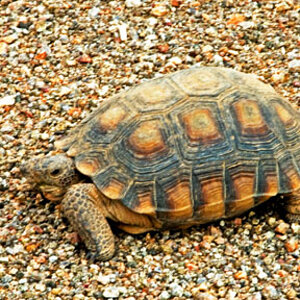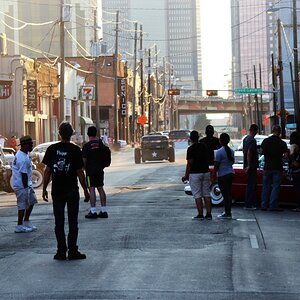Alpha
Troll Extraordinaire
- Joined
- Mar 15, 2005
- Messages
- 5,451
- Reaction score
- 41
- Location
- San Francisco
- Can others edit my Photos
- Photos NOT OK to edit
There is a separation between advertising use which "represents" the location in a different manner and where releases may be advisable and strict publication use. For example, taking a photo of a newly painted house and using it to advertise a particular brand or paint store would certainly be asking for trouble. On the other hand, a coffee table book on barns in the rural countryside is neutral.
For publication use, a release is not required. Whether some photographers go after one for extra "insurance" in their mind is of course their personal choice.
skieur
This is generally true, but carries a number of exceptions. It is still possible for the owner of a mountain house to sue you for publishing a shot of their home. Just boils down to insurance I suppose.


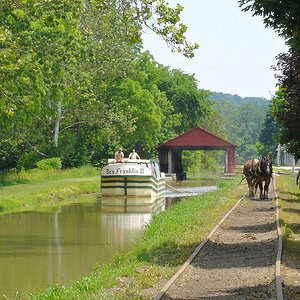
![[No title]](/data/xfmg/thumbnail/42/42277-63576745f84be96df79b94ca0f49e00b.jpg?1619740085)
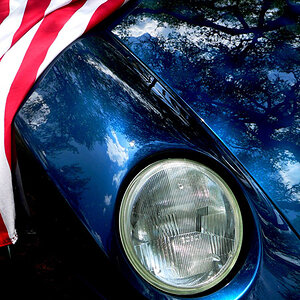

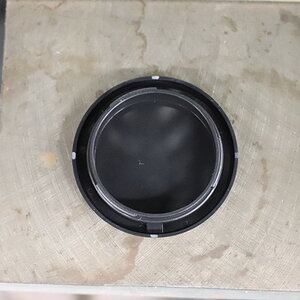

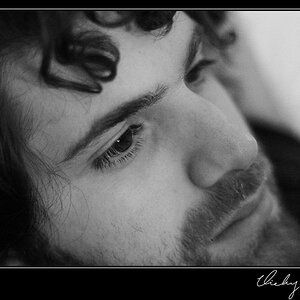
![[No title]](/data/xfmg/thumbnail/42/42276-99df5da06c3e5dc83ae4bab11e935910.jpg?1619740085)
